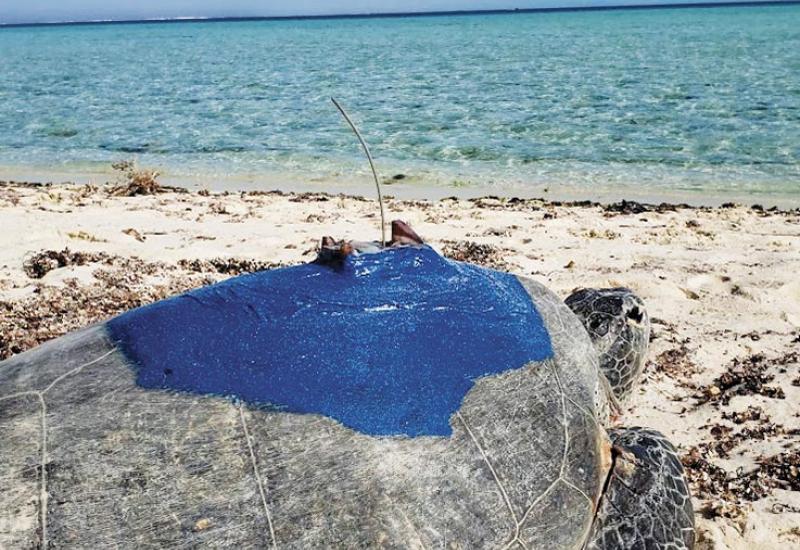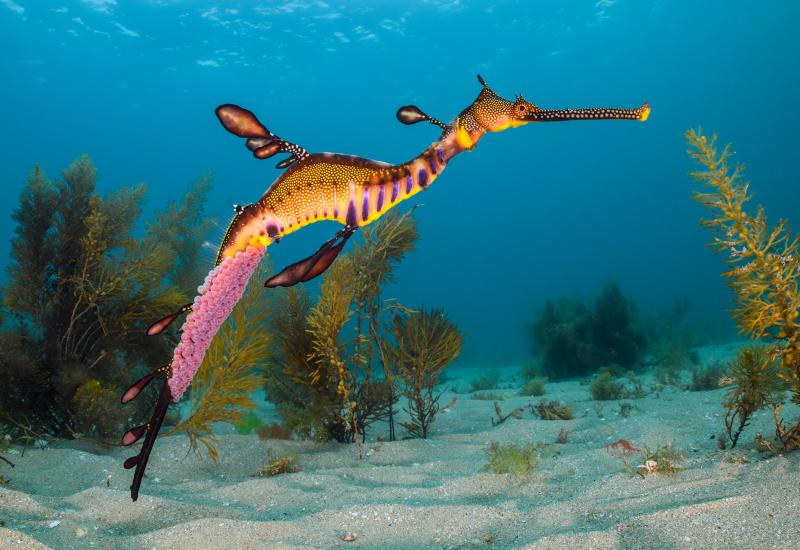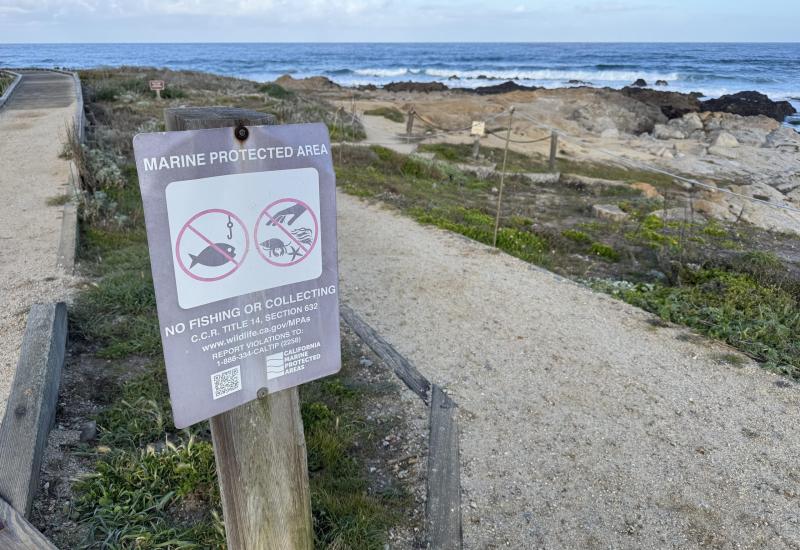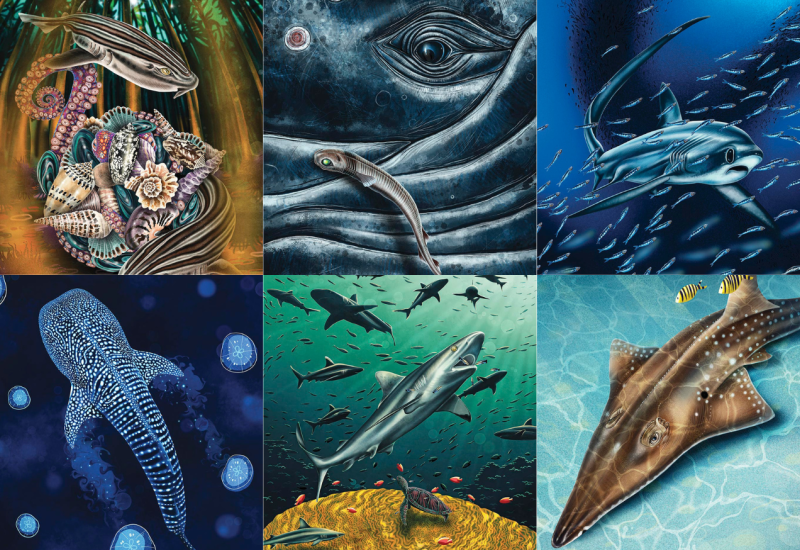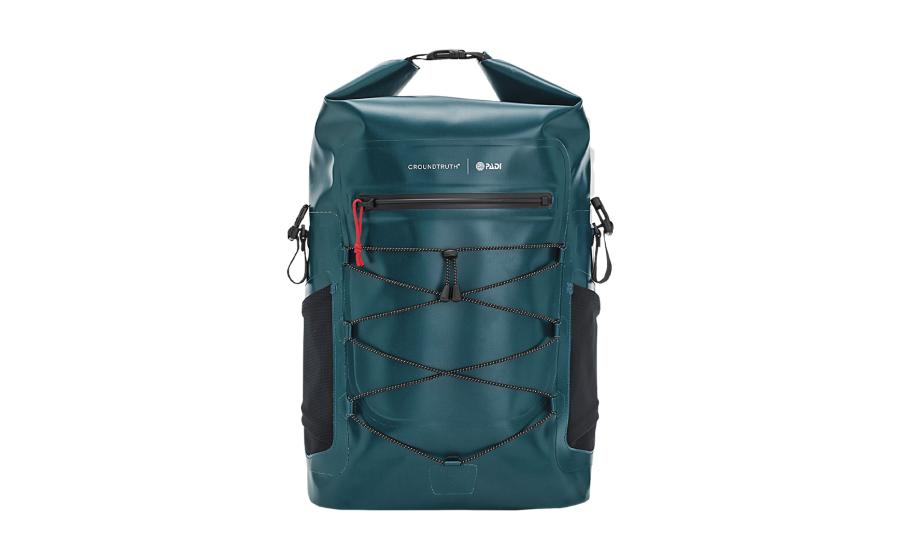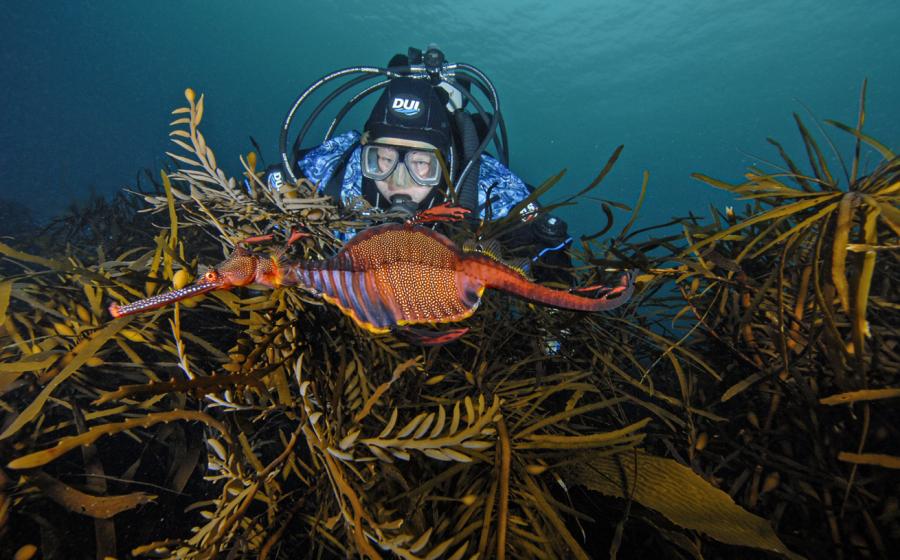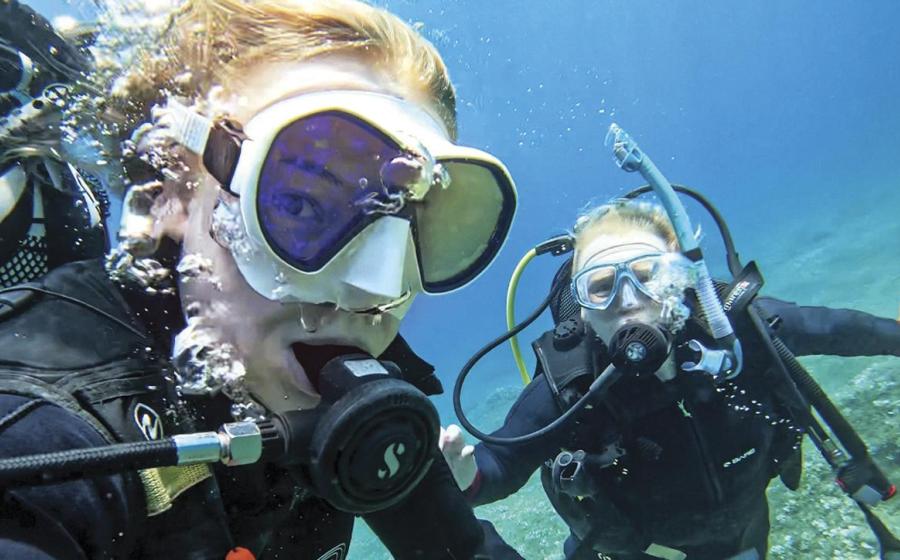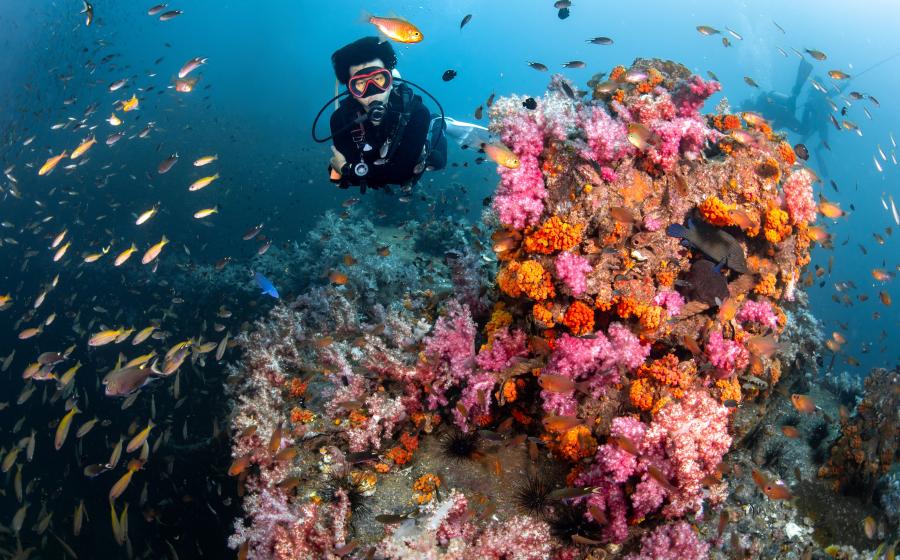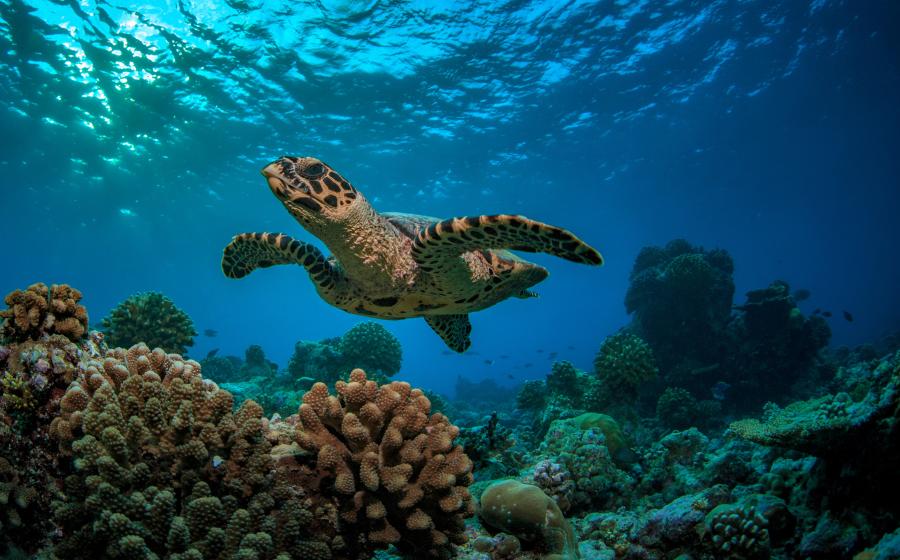Shark of the Month: Nurse Shark
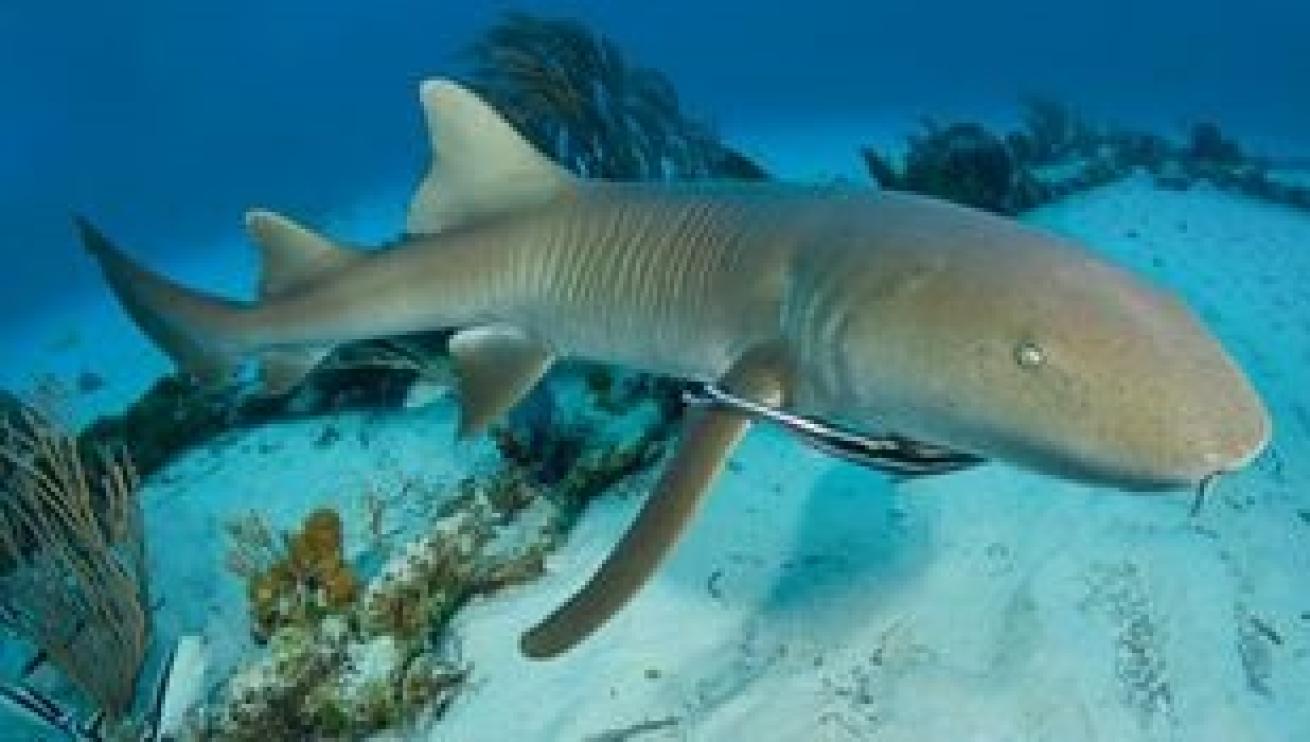
Andy Murch/Seapics.comNurse Shark
Nurse sharks are shy and harmless to human unless provoked.
Divers in Florida and the Caribbean commonly encounter nurse sharks, which are often found resting under coral heads or rocks, either alone or in groups. Easy to identify by the fleshy barbels on their snouts — similar to those of catfish — nurse sharks are brown to tan in color, medium in size, and eat mostly crustaceans and small fish. Because nurse sharks are able to breathe without moving, via a special organ that pumps water over their gills, they are mostly a bottom-dwelling species. These shy sharks are harmless to humans unless provoked.
Related Reading: 6 Animal Encounters to Add to Your Bucket List
Facts About Nurse Sharks
Where to Find Them: Warm to temperate coastal waters in the Atlantic and Eastern Pacific oceans.
Threat Level: IUCN Red List “Data Deficient,” (western Atlantic subpopulation “Near Threatened”)
Maximum Size: The largest reliably measured shark was 10 feet long, although larger animals have been reported.
Related Reading: The Future of Diving With Great White Sharks
Interesting Facts:
The name “nurse shark” is commonly thought to come from the sucking noise they make when feeding, but it may be a derivation of the Old English word “hurse,” which means a bottom-dwelling shark.
Larger shark species, including lemons, tigers and bulls, occasionally dine on nurse sharks.
David Shiffman is a Ph.D. student at the University of Miami’s Abess Center for Ecosystem Science and Policy, where he studies shark ecology and conservation.
Shiffman is happy to answer any questions you have about sharks on Twitter (@WhySharksMatter) or Facebook (facebook.com/WhySharksMatter).

